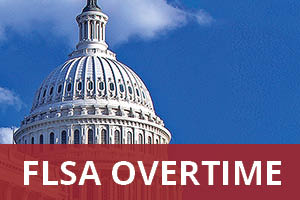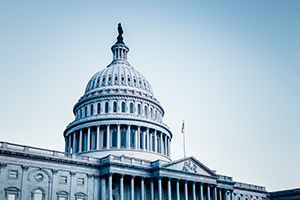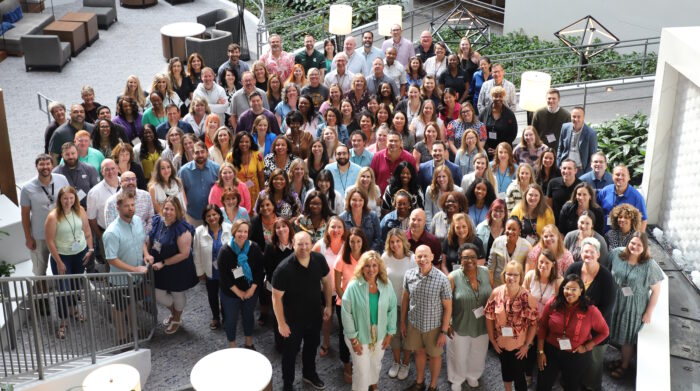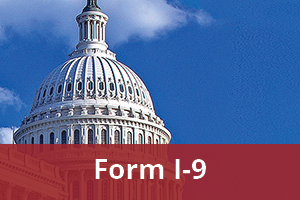by CUPA-HR | September 13, 2023
Each month, CUPA-HR General Counsel Ira Shepard provides an overview of several labor and employment law cases and regulatory actions with implications for the higher ed workplace. Here’s the latest from Ira.
Unionization Increases to Record Levels, Largely Driven by Graduate Students and Medical Interns
Unionization in the first six months of 2023 reached near record levels, surpassing last year’s numbers, which were driven by Starbucks employees’ organization drives. In the first six months of 2023, over 58,000 new workers were unionized, almost 15,000 more than last year’s significant levels. The size of new bargaining units has grown, with new units of 500 or more employees growing by 59% over last year. In the first six months of 2023, unions won 95% of elections in large units of over 500 employees compared to 84% in the first six months of 2022.
According to a Bloomberg Law report, this increase coincides with a growth in graduate assistant and medical intern organizing. There have been union organization elections in 17 units involving graduate students and medical interns in the first six months of 2023. This is the highest level of activity in the sector since the 1990s.
Court of Appeals Rejects Religious Discrimination Claim by Fire Chief Who Was Terminated After Attending a Religious Event on “City Time”
The 9th U.S. Circuit Court of Appeals (covering Alaska, Arizona, California, Hawaii, Idaho, Montana, Nevada, Oregon and Washington) rejected a former fire chief’s allegation of religious discrimination after he attended a church-sponsored Christian leadership event in place of attending a non-religious leadership training program he was asked to attend (Hittle v. City of Stockton, California (2023 BL 268076, 9th Cir. 22-15485, 8/4/23)). The court concluded that the fire chief’s supervisors were legitimately concerned about the constitutional implications of a city official attending a church-sponsored event.
The fire chief claimed, as evidence of religious discrimination, that city supervisors questioned whether his attendance at the event was part of a “Christian Coalition.” He further alleged that the supervisors questioned whether he was part of a “Christian clique.” The court rejected the fire chief’s arguments that this questioning amounted to religious bias against Christians. The court concluded that the questioning was related to the report they received on his attendance at the church-sponsored event. The court noted that the supervisors did not use derogatory terms to express their own views. The case may be appealed to the Supreme Court, and we will follow developments as they unfold.
University Wins Dismissal of Federal Sex Harassment Lawsuit for Failure of Professor to File a Timely Underlying Charge of Sex Harassment With the EEOC
Pennsylvania State University won a dismissal of a male ex-professor’s federal sex harassment lawsuit alleging a female professor’s intolerable sex harassment forced him to resign. The Federal Court concluded that the male professor never filed a timely charge with the EEOC (Nassry v. Pennsylvania State University (M.D. Pa. 23-cv-00148, 8/8/23)). The plaintiff professor argued he was entitled to equitable tolling of the statute of limitations because he attempted to resolve the matter internally as opposed to “overburdening the EEOC.”
The court commented that while the plaintiff’s conduct was “commendable,” the court was unable to locate any case where a plaintiff was bold enough to offer such a reason to support equitable tolling. The court dismissed the federal case, holding that there was no way to conclude the plaintiff professor was precluded from filing in a timely manner with the EEOC due to inequitable circumstances. The court dismissed the related state claims without prejudice as there was no requirement that the state claims be filed with the EEOC.
Professor’s First Amendment Retaliatory-Discharge Case Over Refusal to Comply With COVID-19 Health Regulations Allowed to Move to Discovery
A former University of Maine marketing professor who was discharged and lost tenure after refusing to comply with COVID-19 health regulations on the ground that they lacked sufficient scientific evidentiary support is allowed to move forward with discovery. The university’s motion to dismiss was denied (Griffin V. University of Maine System (D. Me. No. 2:22-cv-00212, 8/16/23)).
The court held “for now” the professor is allowed to conduct discovery to flush out evidence of whether or not the actions which led to the termination were actually protected free speech. The court concluded that the actual free speech question will be decided after more facts are unearthed.
U.S. Court of Appeals Reverses Employer-Friendly “Ultimate Employment Decision” Restriction on Actionable Title VII Complaints
The 5th U.S. Circuit Court of Appeals (covering Louisiana, Mississippi and Texas) reversed the long standing, 27-year-old precedent restricting Title VII complaints to those only affecting an “ultimate employment decision.” The employer-friendly precedent allowed the courts to dismiss Title VII complaints not rising to the level of promotion, hiring, firing and the like. The 5th Circuit now joins the 6th Circuit (covering Kentucky, Michigan, Ohio and Tennessee) and the D.C. Circuit (covering Washington, D.C.) in holding that a broader range of employment decisions involving discrimination are subject to Title VII jurisdiction.
The 5th Circuit case involved a Texas detention center which had a policy of allowing only male employees to have the weekend off. The 5th Circuit reversed its prior ruling dismissing the case and allowed the case to proceed. This reversed the old “ultimate employment decision” precedent from being the standard as to whether a discrimination case is subject to Title VII jurisdiction.
Union Reps Can Join OSHA Inspectors Under Newly Revised Regulations
The U.S. Department of Labor has proposed revised regulations that would allow union representatives to accompany OSHA inspectors on inspections. The regulations, which were first proposed during the Obama administration, were stalled by an adverse court order and then dropped during the Trump administration.
The proposed rule would drop OSHA’s current reference to safety engineers and industrial hygienists as approved employee reps who could accompany the inspector. The new rule would allow the OSHA inspector to approve any person “reasonably necessary” to the conduct of a site visit. Among the professions that could be approved are attorneys, translators and worker advocacy group reps. The public comment period on these proposed regulations will run through October 30, 2023.



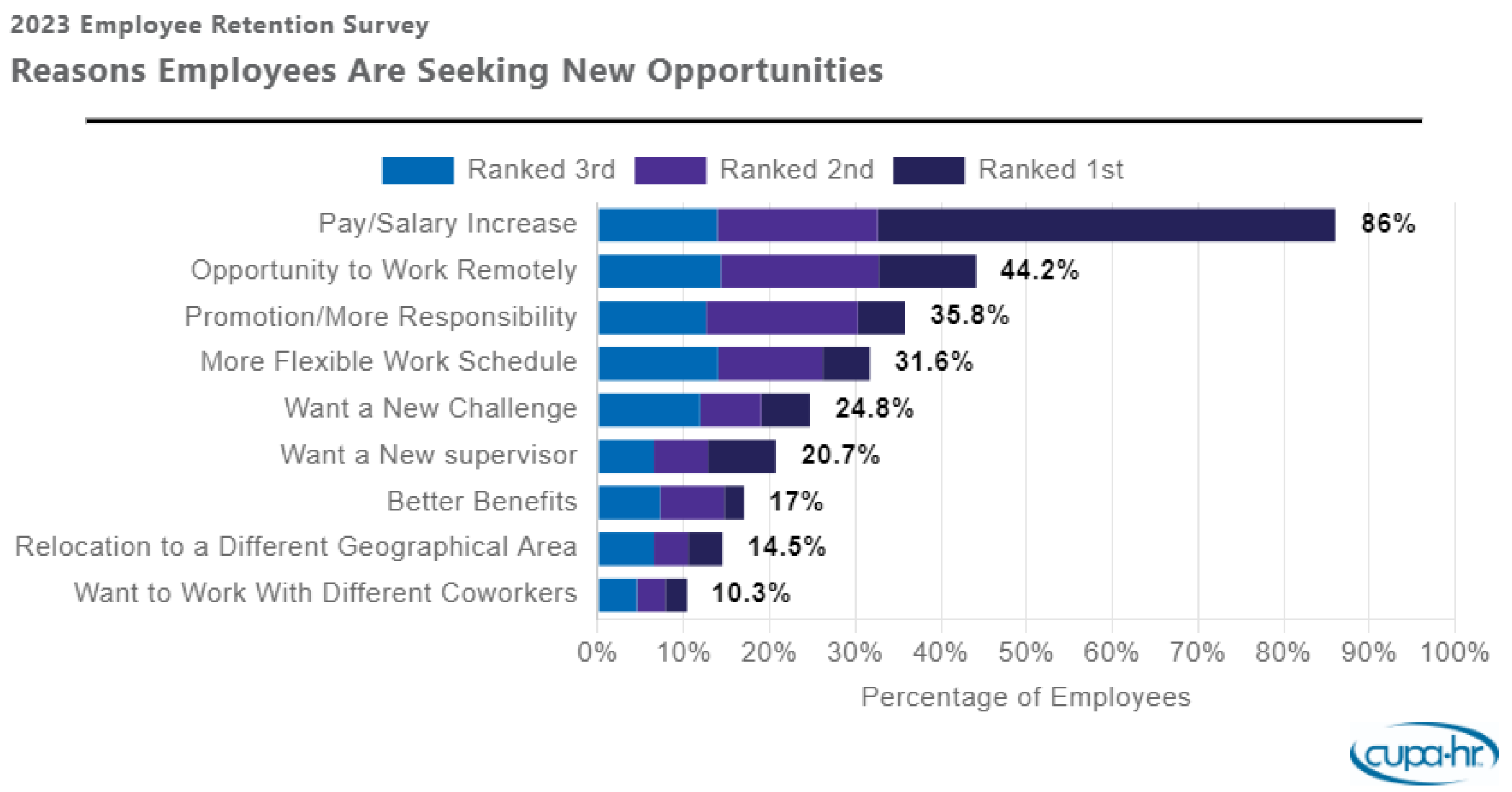 But while pay is the top concern mentioned by employees, retention challenges are more complex.
But while pay is the top concern mentioned by employees, retention challenges are more complex.